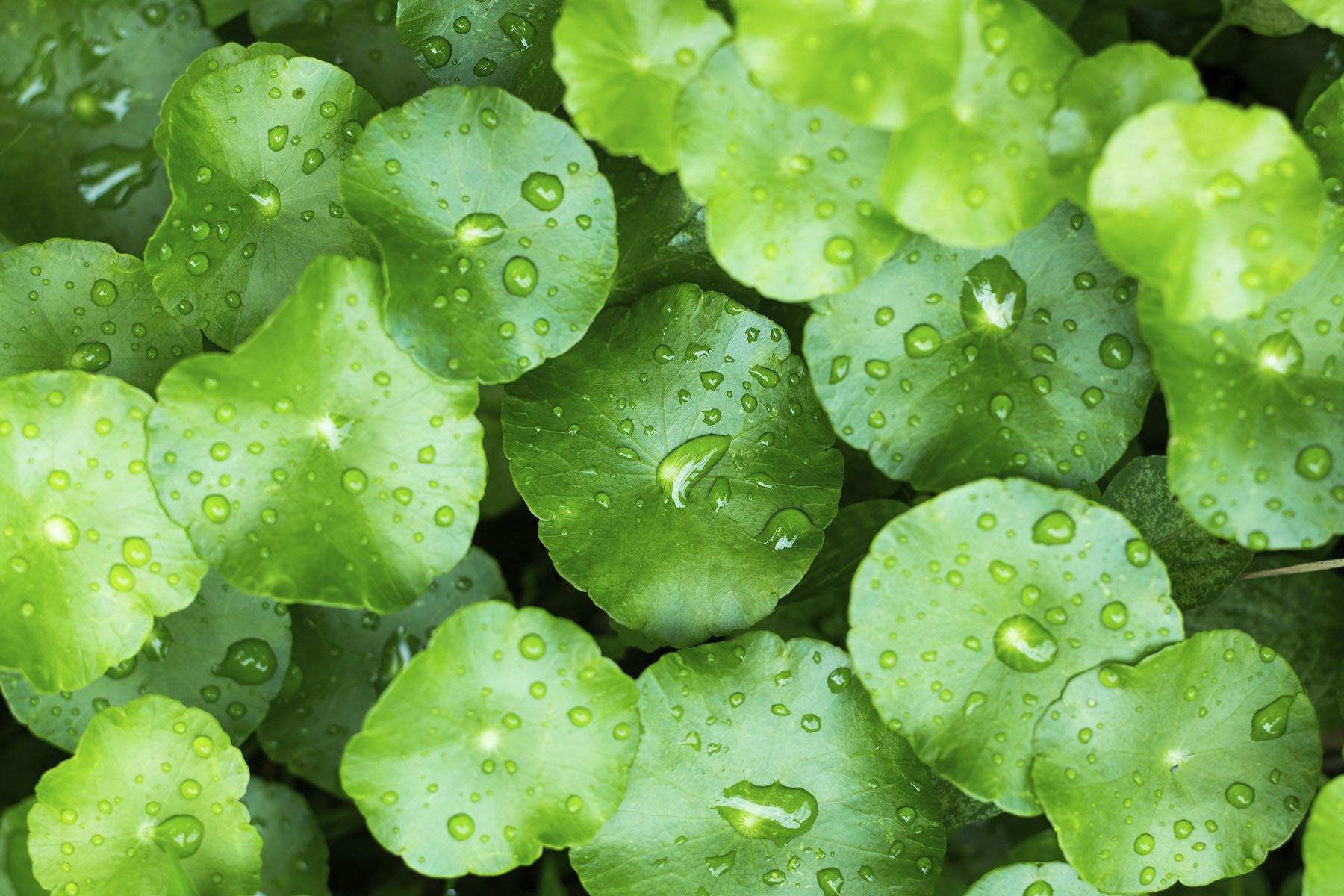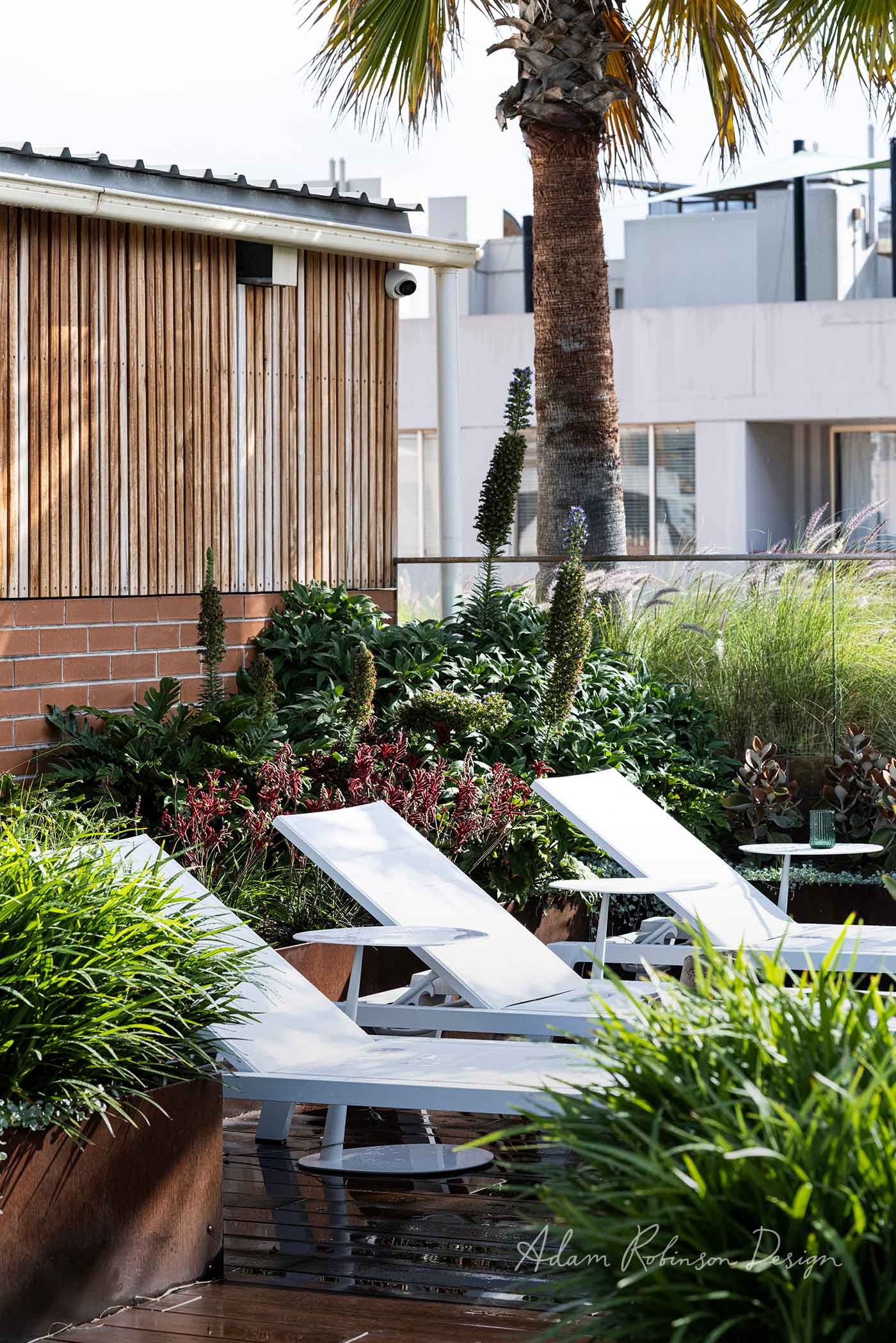Gotu Kola
Why You Should Grow Gotu Kola in Your Garden

Gotu kola (Centella asiatica) is often referred to as Pennywort, Pennyweed or Spadeleaf. It is a low-growing perennial herb native to the warm, tropical climates of Sri Lanka, India, Indonesia, Japan, South Africa and the South Pacific. It grows all over the place in Australia and we regularly spot it in our travels around the suburbs of Sydney. It has kidney-shaped leaves with indented edges, that grow on tall stems. These stems also spread and root at the nodes. The flowers are white to pink and arise from nodes at ground level, so it can be hard to see them hidden under the leaves.
It’s a very common unassuming little groundcover, but this humble plant packs quite a punch as a food/medicine especially in Ayurvedic (Indian/Sri Lankan healing systems). It has been used for many centuries as a treatment for respiratory ailments and a variety of other conditions, including fatigue, arthritis, memory enhancement, stomach problems, asthma and fever. It is also known as Brahmi and taken to improve meditation practice.
In the garden or in a pot, gotu kola is very easy to grow and grows anywhere as long as conditions are never dry and it works well near a water source or as a groundcover in dark, shady areas. All you have to do it make sure the soil never dries out, no maintenance is necessary.
Harvest the leaves for their health benefits. Take two to three small leaves a day, eaten raw, tossed through a salad or in a sandwich can reduce disorders like poor memory, rheumatism, arthritis, abscesses and high blood pressure.
People of Sri Lanka and India use the plant regularly in their diet, as much for food as for medicinal purposes. A member of the parsley family, gotu kola is an excellent source of essential vitamins and minerals needed to maintain optimal health. It is an herb that clears toxins, reduces inflammation, assists the immune system in healing and regeneration, and balances the nervous system.
_
Woollahra Entertainer’s Terrace project
We are always grateful for the pleasure of working in collaboration with great designers like Alexandra Kidd Interior Design.
with Raine & Horne
We turned around a complete landscape design makeover in six weeks for this urgent property sale in Redfern.
Paddington Home
This stunning, renovated family home is situated in Sydney’s leafy Paddington
ARD in House & Garden September 2023
Charming inner-city, heritage terrace in Sydney.
Cancer Survivorship Garden
The new Cancer Survivorship Garden, at the Prince of Wales Hospital in Randwick, designed by Adam Robinson Design.
Dover Heights Landscape Design Project
This coastal dwelling in Sydney has been transformed into a contemporary, materially rich, and engaging family home.
Manly Vale Project
My team and I loved working on a completely renovated front and back garden of this Northern Beaches home.
Lucca Collection
The inside/out Lucca collection of chic stone tables is a seriously contemporary take on the classic Mediterranean outdoor tables.
Wellbeing Magazine Feature
Journalist Jessica Bellef recently approached Adam Robinson to be interviewed for a feature article she was writing for Aussie print title.
Designing an Outdoor Space for Winter
Adam recently collaborated with King Living to create a winter haven using some key pieces from the KING Outdoor Collection
Collaborative project
We felt privileged to be able to put the finishing touches on this stunning home through our input on the exteriors.
House of Bamboo
Bamboo is an amazing natural material that provides a sustainable alternative to traditional decking outdoors.
Landscape Design Project
Our client who owns this garden in Sydney’s inner west wanted a verdant family garden for their young children.
Street Appeal
This small front garden in Clovelly packs quite a punch for its humble size.
By the water
We recently designed some major cosmetic updates to revitalise the aesthetic and functionality of the outdoor spaces of a property by the water.
Terrace & Yuki
Designed and made in Australia, nau 2021 offers contemporary, hand-crafted furniture and lighting from a quartet of the brands most prolific designers.
Balcony Landscape Design
The smart and sophisticated outdoor entertaining area of this contemporary home was a collaborative project shared with interior design firm, Alexandra Kidd Design.
Landscape Design
Simple and impressive ideas can literally change your life.
Through Winter
Falling leaves throughout Autumn and Winter can be a constant job and a major headache, keeping paths, steps, decks and lawns clear.
Hangers & Holders
Here are three stand out products that will style up your outdoor tools and accessories.
Sustainable Materials for Your Garden
Everyone here at ARD are always on the hunt for great new sustainable materials to use in our garden designs.
Why You Should Grow Gotu Kola in Your Garden
Harvest the leaves for their health benefits. Gotu kola (Centella asiatica) is often referred to as Pennywort, Pennyweed or Spadeleaf.
How to Live with Nature
At a time when we can’t get enough of our natural retreats to make us feel better, this book shows us how to invite and engage with nature.
A Collaboration with Saint Cloche
This month see’s Adam Robinson collaborating with Paddington gallery Saint Cloche for their End of Year Group Show, THE SECRET GARDEN.
The Breeze Block Revival
Finally… a brand-new modern breezeblock for our gardens!
Style with Plant Colour
There is no better way to add contrast and drama to your garden than using plants that feature black foliage attention-grabbers.





























Romantic Gardens Are Making A Comeback
This elegant home in Sydney’s eastern suburbs was a collaborative project between architect and interior designer.